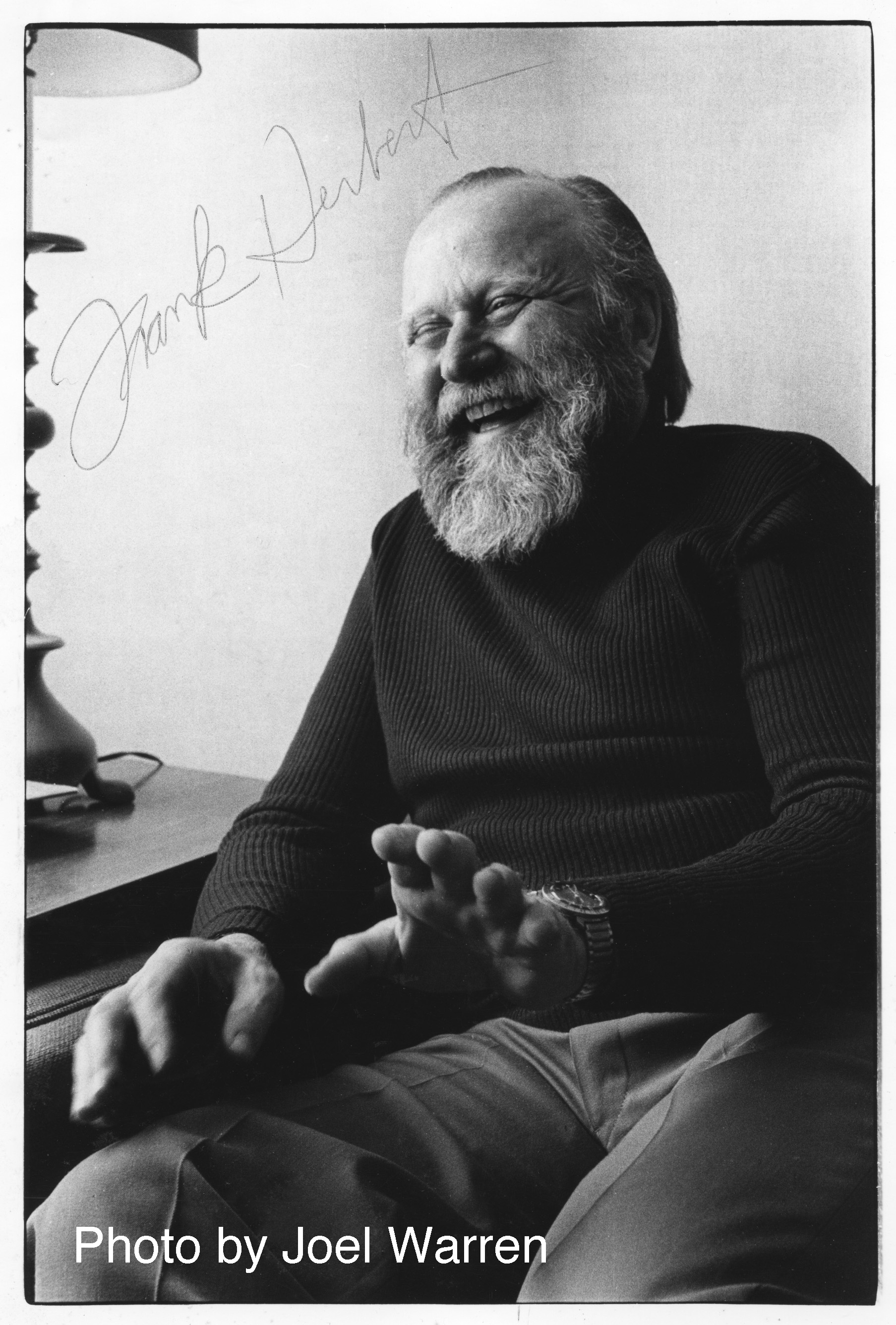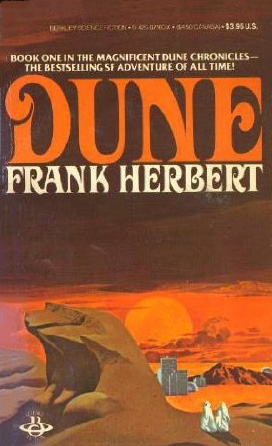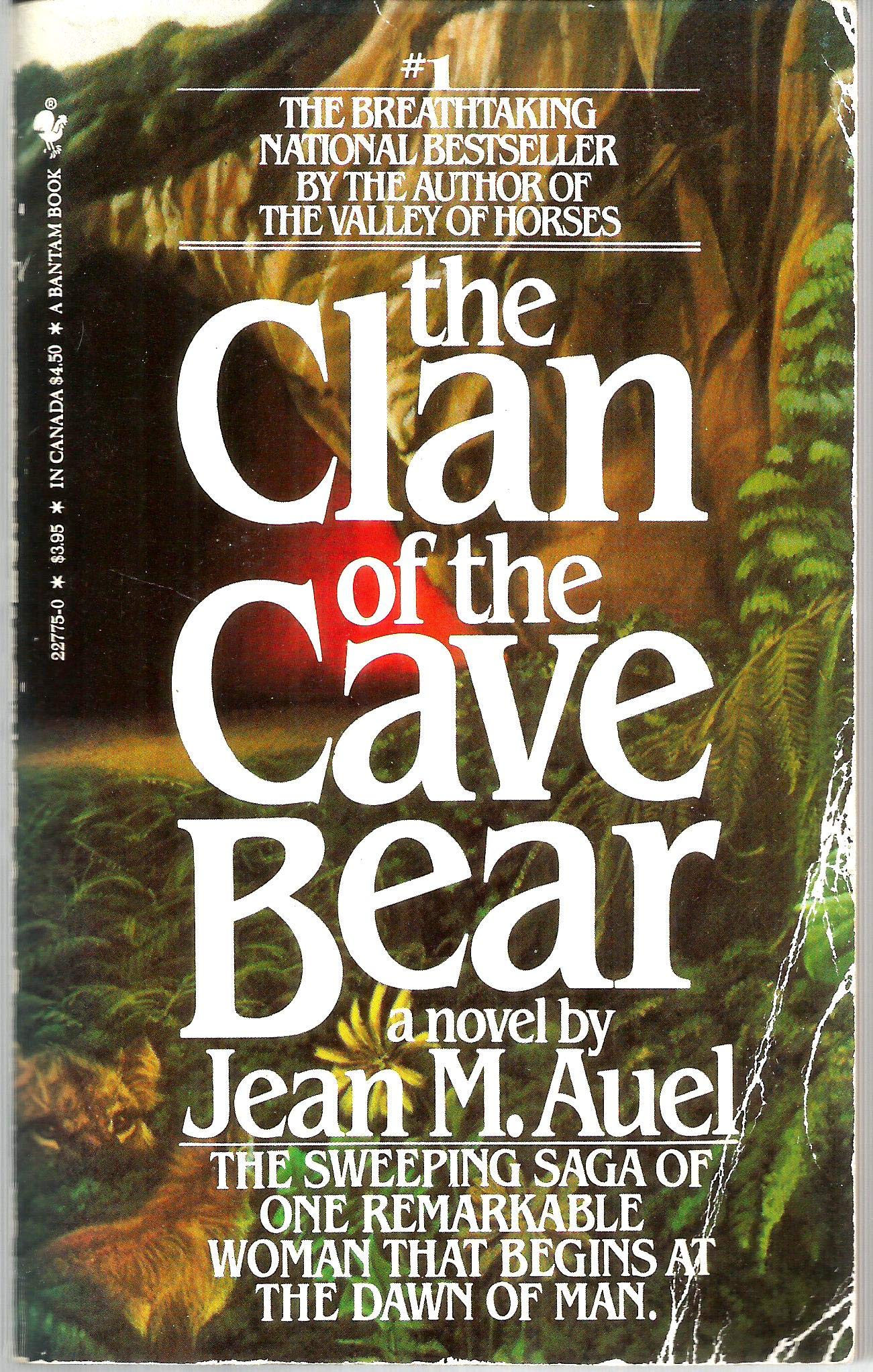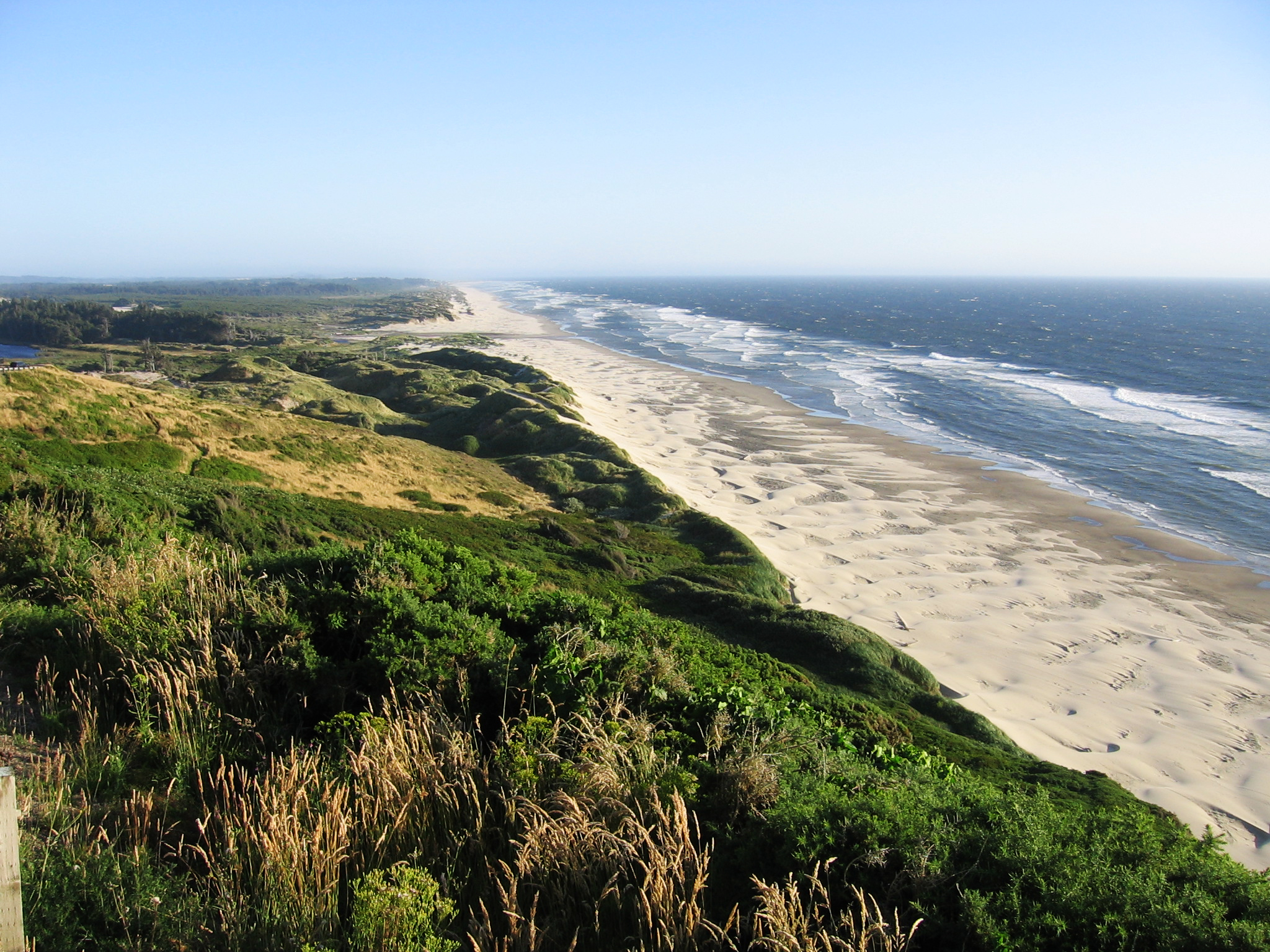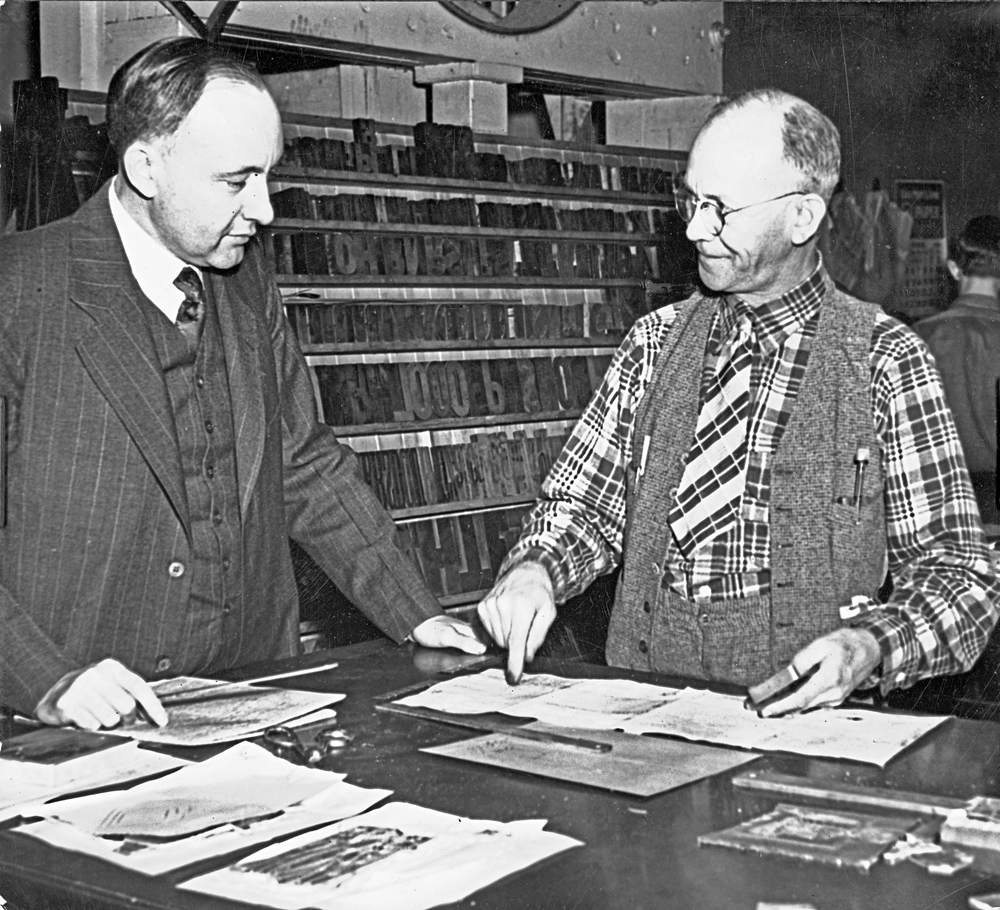Frank Herbert is considered a grandmaster of science fiction writing. His best known work was Dune World (1965), later renamed Dune. The idea for the desert planet of Dune was based on Herbert’s experiences at the Oregon Dunes during the 1950s. His imagining of a world that consisted only of dunes and his environmental message influenced science fiction writers and environmentalists, especially during the 1960s and 1970s.
Franklin Patrick Herbert Jr. was born in Tacoma, Washington, on October 8, 1920. As a teen, he was on the staff of the Lincoln High School newspaper, and the Tacoma Ledger gave him work as a writer. He sold his first Western story under a pseudonym when he was seventeen years old. In 1938, Herbert moved to Salem to live with his aunt and uncle, Peggy and Ken Rowntree, and attended Salem High School (now North Salem High School). While living in Salem, he spent time in the Cascades and what is now the Three Sisters Wilderness Area, where he fished and hiked.
After graduating in 1939, he took a job with the Glendale Star in Douglas County and covered the state capitol for the Oregon Statesman in 1940–1941. He also worked as a deputy sheriff in Tacoma and as a fire lookout for the Snoqualmie National Forest in Washington State. He joined the U.S. Navy in 1942, receiving an honorable discharge in 1943 because of a head injury. He married Flora Parkinson in 1940; they had one daughter and divorced in 1945. His second wife was Beverly Stuart, whom he married in 1946; they had two sons.
Herbert worked in journalism for many years, taking positions that ranged from photographer to writer to copy editor at the Oregon Journal (1943–1954), the Seattle Post-Intelligencer (1945–1946), the Tacoma Times (1947), the Santa Rosa Press Democrat (1949–1955), and the San Francisco Examiner (1960–1966). In 1966, he was hired as the Hearst Headline Services correspondent in Vietnam. Through it all, he wrote. He sold a story to Esquire in 1945 and spent ten years writing for the California Journal. In 1952, he sold his first short story, "Looking for Something," to Startling Stories, a science fiction magazine.
Herbert’s work for the Oregon Statesman had brought him into contact with Oregon politicians, and he was hired in 1954 as a speechwriter for U.S. Senator Guy Cordon’s 1954 reelection campaign. Two years later, he was hired to write speeches for Oregon Republicans Phil Hitchcock, a candidate for U.S. Senate, and Phil Roth, a candidate for the U.S. House.
In 1957, Herbert heard that the U.S. Department of Agriculture was successfully planting European beach grass to control the dunes on the Oregon Coast, and Herbert chartered an airplane to Florence to visit the Oregon Dunes. “They Stopped the Moving Sands,” an unfinished short story he wrote based on the Dunes, helped him develop the idea of a desert world, which he imagined as a planet consumed by moving dunes caused by environmental destruction. He would call the planet Arrakis. The desert planet of Tatooine in the Star Wars saga was inspired by Herbert’s work.
When Herbert completed the manuscript for Dune World in 1963, science fiction magazine Analog published it as a series that ran from December 1963 to February 1964. The manuscript was declined twenty-two times by editors who found it to be too complex. In 1965, Chilton Books published the book, which won the 1965 Nebula Award for best novel and shared the Hugo Award in 1966 with This Immortal, by Roger Zelazny.
The western landscape and Herbert’s early experiences with Native people—he had, for example, learned Native fishing techniques from a Hoh man named Henry near the town of Burley, Washington—helped shape his political views and informed his books. By the late 1960s, he was opposed to nuclear power, was an antiwar activist, and was doing publicity for the World Without War Council and working on Earth Day celebrations. In 1971, Herbert was a visiting professor at the University of Washington, and Dune was being studied in university classes.
In 1969–1970, Herbert researched Soul Catcher (1972) by visiting Salish people in Washington State and learning their stories and songs. He burned the first manuscript, recognizing that he was using a privileged voice, and rewrote it. The book was nominated for the National Book Award, He had a lifelong friendship with many Native people, especially Howard Hansen (Quileute).
Herbert wrote five sequels to Dune—Dune Messiah (1969), Children of Dune (1976), God, Emperor of Dune (1981), Heretics of Dune (1984), and Chapterhouse: Dune (1985). The sequels set records as the first science fiction books to appear on bestseller lists both nationally and internationally. Herbert was inducted into the Science Fiction Hall of Fame in 2006. A movie, Dune, was adapted in 1984 by David Lynch.
Herbert spent much of his later years in Hawaii. Beverly Herbert died in 1983, and he married Theresa Shackleford in 1985. Frank Herbert died on February 1, 1986, while undergoing treatment for cancer in Madison, Wisconsin. The Frank Herbert Papers are at California State University, and a collection of his personal library and papers are at the Siuslaw Public Library District in Florence. The Dune series was continued by Herbert’s son, Brian Herbert.
-
![]()
Frank Herbert, 1977.
Joel Warren -
![]()
Dune, by Frank Herbert.
Berkley Press
Related Entries
-
![Jean M. Auel (1936-)]()
Jean M. Auel (1936-)
No contemporary Oregon writer has achieved the superstar celebrity stat…
-
Oregon Dunes
Miles and miles of windblown sand. The Oregon Dunes stretch for fifty-f…
-
![Oregon Statesman]()
Oregon Statesman
Throughout its history, the Oregon Statesman has been a chronicler of O…
Map This on the Oregon History WayFinder
The Oregon History Wayfinder is an interactive map that identifies significant places, people, and events in Oregon history.
Further Reading
Herbert, Brian. Dreamer of Dune: the Biography of Frank Herbert. Tor, 2003.

